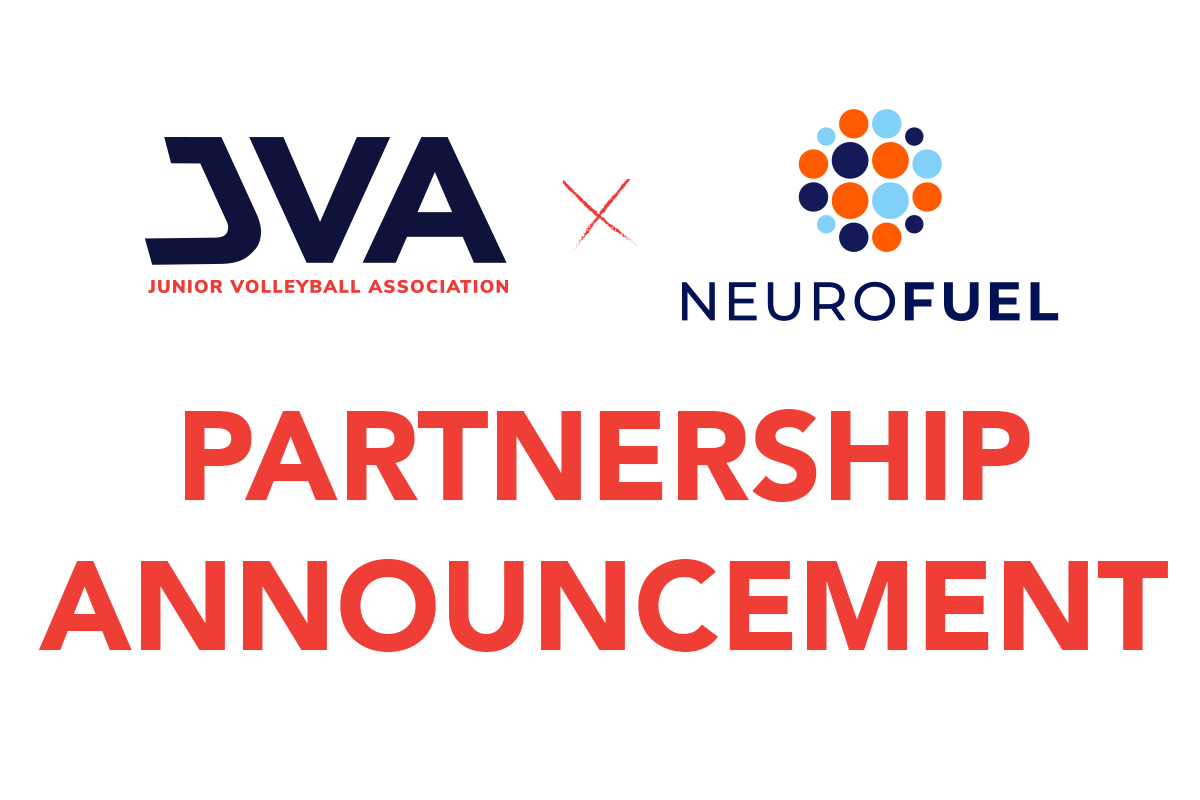Division1 VBC started as a boys only volleyball club in 2007, working to develop and adjust its club model before adding girls in the 6th year. During the decade of the club’s existence, D1 has averaged 25-30% growth per year. With 12% more boys participating in high school boys volleyball than four years ago, let’s examine the business factors that are critical to the growth and maintenance of a boys volleyball program.
CLUB INFORMATION
Since adding girls, one of D1’s major focuses has been to push its membership younger each year – creating a viable program for Middle School age boys and catering its training to work for girls ages 10-13.
For the 2016/17 season, D1 will run 15 boys high school teams, 18 boys middle school teams (three unique seasons), 6 girls high school teams and 7 girls middle school teams (including three 13U teams). In addition, D1 runs a Spring Training session for girls with 65 players as well as 5-10 private lessons per week, small group lessons throughout the year, sand volleyball camps and indoor summer camps.
After having one Middle School boys team in 2014, D1 has grown to support 15 total teams across three unique seasons in 2016/17.
The growth of the boys Middle School program can be attributed to the following key factors:
- D1 recognizes middle school boys are often playing multiple sports still and also busy with extra-curricular activities, confirmation, graduation, etc. Given this, they (and their parents) are often not ready to commit to a traditional year-round club season. Offering multiple shorter seasons has proven successful in increasing participation with this group. Since offering fall, winter, spring, and summer seasons (8-14 weeks each), D1 has seen a 4-5x increase in participation since 2014.
- Training-only programs (practice-only, no weekend tournament commitments) have been a popular introduction for brand new club athletes and busy multi-sport athletes looking to keep up with their skills.
- In 2017, with consistently 50-60 middle school boys participating in any given season, D1 is seeing a stronger interest in a traditional full “Elite” team program. As such they will look to separate Elite vs Regional teams for the upcoming season and begin training 1-2 teams year-round ending with National-level competition.
- D1 has committed our top coaches to the Middle School gym in order to provide the highest quality training and also develop the type of athlete we would like to see in our High School gyms before bad habits develop.
Training
As D1 has grown on the boys side, the club has worked to expand the tiers of its company as well. With club, it is easy to just add another head coach as you grow by one team, especially if you have the space in a training gym. However, D1 has taken it even further and added more coaches and staff per player than in previous seasons. Quality training is the reason a club grows, and it is of the utmost importance to maintain that same level of quality, for every athlete, as a club continues to expand.
Changes Made to Adapt to the Growth
- Hired three new full time staff members in 2016/17
- New responsibilities include program oversight, practice management, coaches training and communication, additional assistant coaching roles in all gyms
- Added free Friday strength and conditioning sessions
- Added a sports psychology professional available to the families
- Created a Player Orientation night to acclimate the athletes to the club’s structure
- Began offering private lessons in 2015 – now up to 5-10 lessons per week
- Affordable small group lessons – 4-6 players for $30-50/hour. High level coaches run the lessons (Kris Berzins, Shari Davis, Shane Davis, Kevin Moore, Joe Smalzer, etc)
- Expanded summer camps significantly
Communication
Communication is key.
“I feel that the biggest issues in club volleyball are created by miscommunication or a lack of understanding. A simple email to the families can create a sense of community, importance, belonging, and eliminates the opportunity for parents to fill in the blanks on their own with false, potentially damaging, information. You want to make the family’s lives easy – which means you are not just looking to get information out, but attempting to answer any questions ahead of time and “over-inform” – shares Jensen.
D1 is committed to growing its players as people as well as athletes, which does mean the coaches and staff put some level of responsibility on them. But the staff finds it is best to impose that responsibility within the practice gym and at tournaments rather than by imparting important club information to the player.
With a background in sports marketing, Jensen likes to think he spends more time on bettering the club’s communication than the average club. The club strives to send out consistent, effective messages that are easy to digest but also include every piece of information a family may need.
Examples of D1’s Efforts to Keep Communication Simple, Effective and Informative:
- Links to online commitment deposits emailed out the night of tryouts
- A personal response from the owner and director to every single commitment deposit received – this can be daunting at 3am after tryouts but sets a great tone before the season has even started.
- Have a welcome email with as much info on the season as possible ready to go before tryouts. As soon as teams have been confirmed, send out that email and get the ball rolling.
- Before the season starts, send update emails and reminders at least once a week – builds the excitement for the season and takes the stress out of the first practice.
- Invoice system with easy online payment options
- Online calendar embedded in our website
- Tournament page with linked facilities, first game time and link to full schedule
- Emails to families with link to tourney page as soon as schedule is released
- Follow up with a specific team after a great weekend, and after a particularly bad weekend.
- Club newsletters with training videos, player highlights, alumni check-ins and more “behind the scenes” info
- Easy to use online spirit wear and uniform stores
Advertising
Word of mouth will always be your best form of marketing, so make sure you are focusing more on the quality of your gym and communication rather than finding new people to join.
D1 has found that the best ways to engage new members and grow awareness for its boys club are:
- Attend local Middle School and High School games
- Meet with coaches before or after the match
- Players coming up and talking to you are the best way to get noticed by new athletes
- Sit with families in the stands
- Post on neighborhood events websites
- Run targeted Facebook/google ads
- Cant stress the word targeted enough… if you aren’t familiar with facebook ads, be sure to do some research before throwing money at them
- Keep a clean and organized website
- Make sure you are using the backend of the site properly and have keywords for every page that will increase your SEO
- Take part in community events and donate lessons where applicable
- Play in local adult volleyball leagues and tournaments and engage with the vball community. Boys volleyball is a small and close knit community and being a valuable member of that group goes a long way.
- Run clinics hosted by your club
- Recruiting clinics
- Coaches training
Advice:
- Coaches first! Don’t put someone in your gym that isn’t helping your program get better.
- Find an affordable gym and grow into your space appropriately – don’t buy a facility and force yourself to create programs to pay bills
- As you grow, continue to add layers to the training program – don’t sacrifice quality for numbers
- Get out and be a part of the local volleyball community
Division I VBC is a member of the Junior Volleyball Association. To learn more about a JVA membership and its value to your club director, coaches and players, click here. For more education for Club Directors click here.
Derek Jensen is the full-time Club Director of Division1 Volleyball Club in Chicago, Illinois. He is a former NCAA Division 1 athlete at Loyola University Chicago and long-time coach at D1.
















